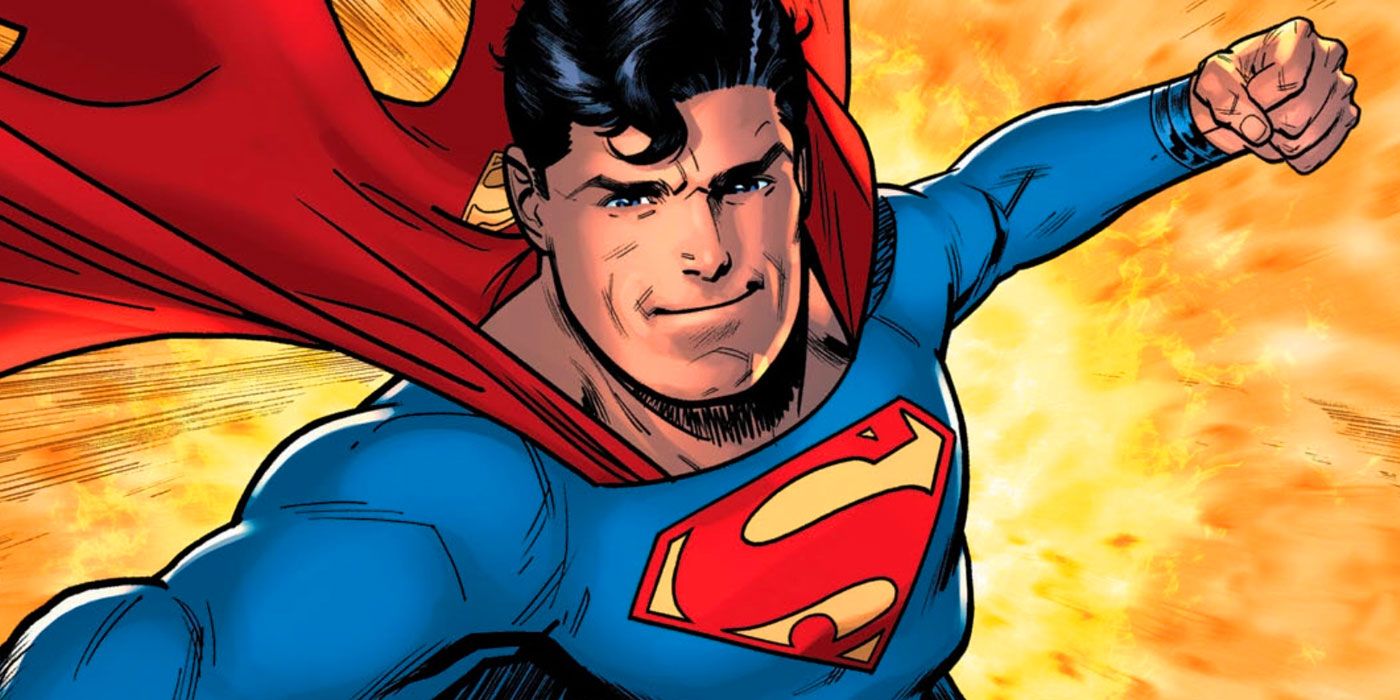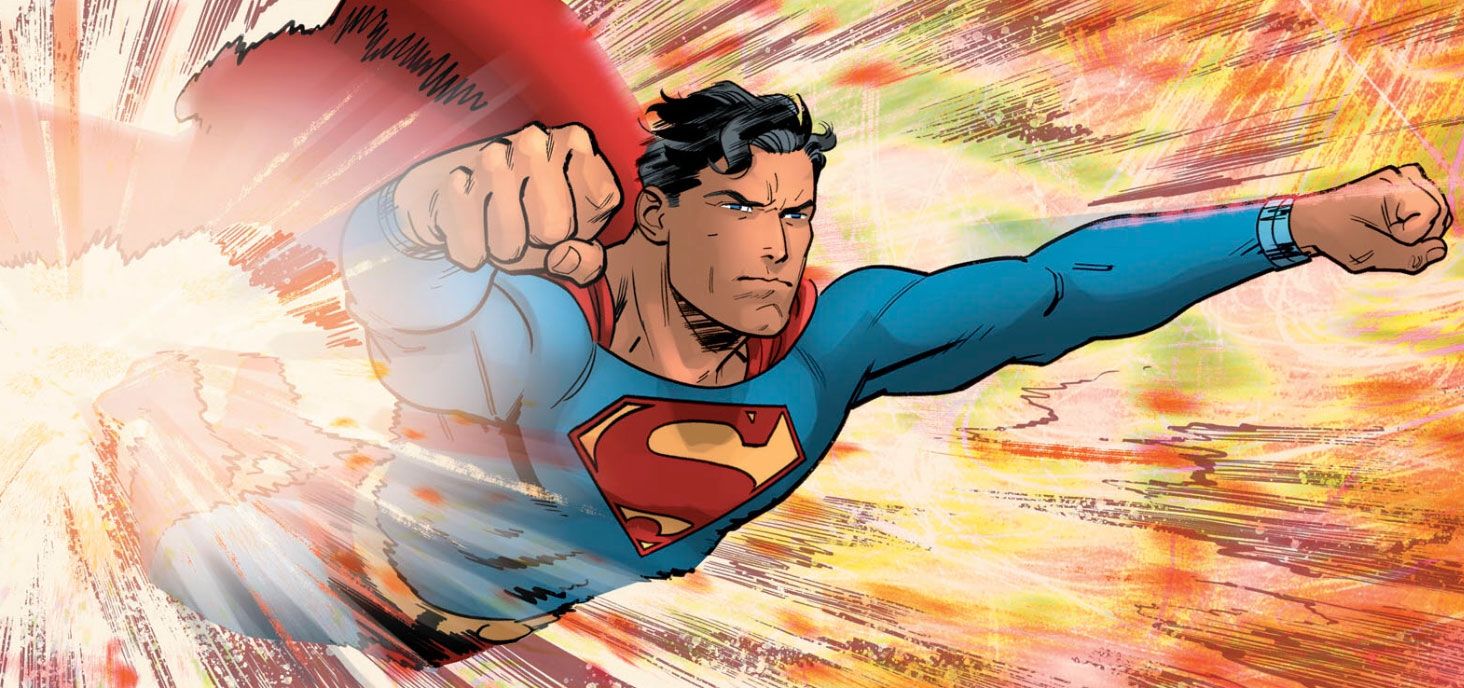WARNING: This article contains spoilers for Man of Steel #2 by Brian Michael Bendis, Jason Fabok, Steve Rude, Evan "Doc" Shaner and Alex Sinclair, on sale now.
Superman has pretty much done it all during his eighty years of being one of the most recognizable figures in pop culture. But even with all the films, video games, breakfast cereals, radio serials, toys, Underoos, and everything else under Earth’s yellow sun adorning Big Blue’s likeness, the majority of Superman’s iconography and exploits have always been galvanized in the dozens of comic book titles he exists within. This fact holds a certain bit of irony seeing as how, arguably, comic readers are one of the smaller audiences the character directly reaches.
For the myriad adults who wear the iconic “S” emblazed on t-shirts or the infinite number of children running around with makeshift red capes knotted around their necks, what percentage of them have learned the importance of these symbols solely through comic books? We’d wager it’s fairly small compared to those who’ve absorbed Superman primarily through cartoons, film and the general knowledge of the character that has been part of the cultural zeitgeist for nearly a century. And there’s nothing wrong with this. How knowledge is absorbed is not important as long as it rings true.
RELATED: Man of Steel Establishes Rogol Zaar as the DC Universe’s Most Terrifying Villain
The second issue of DC Comics’ five-issue Man of Steel is out this week, and writer Brian Michael Bendis is proving to readers not only does he understand Superman as he exists within the DC Comics universe, he sees the character through the prism of universal appeal. Now, creative teams have done this well before (Grant Morrison and Frank Quitely’s All-Star Superman might be the gold standard when it comes to a graphic medium thesis on the subject), but rarely have they done so while simultaneously playing ball with the continuity of the greater DC Universe.
In Man of Steel #2, Bendis along with artists Doc Shaner, Steve Rude and Jay Fabok performs quite the juggling act. They have embraced the various aspects of what makes Kal-El such a versatile character, all in one issue. Each pillar that holds up Superman is represented in a mere 24 pages. The interstellar horror of dead home planets that has been seen in recent film adaptations of the character is pondered upon. The newsroom comedy and drama of Clark Kent reporting on his own exploits that have been the backbone for things like the television series Lois & Clark are present. The understanding of Superman being a team player among fellow superheroes gets a nod. And the all-out silliness of certain super villains and the novel, Saturday morning cartoon manner through which they are dispatched ties it all together.
RELATED: Brian Michael Bendis Is Revisiting His Noir Roots in Man of Steel - And We Love It
The fact so much ground is covered by one writer in such a short time is impressive, but that Bendis is doing so in his own voice as the issue traverses four different facets of the same superhero, while seamlessly working alongside a trio of artists is nothing short of amazing. Bendis has shown that he understand Superman on a level that a lot of comic readers have always admired. No matter what version of Kal-El is your cup of tea, he’s represented here.
The debate over what Superman should represent does not come into play in Man of Steel #2. It turns out the character can be beacon of hope, a tortured stranger in a strange land, a super friend, and a campy robot-punching ubermensch for little kids to rally behind all at the same time. And that’s because Superman is all of these things. Bendis has taken this notion, along with the eighty years of the character’s history, and distilled it all down to a simple narrative credo: this is a Superman for everyone, just as he should be.


